Clay soil can be black or red, is as fine as dust, and is hard for plants to move through. Clay soil is waterlogged in wet months and rock hard in summer.
If water does reach a plant’s roots, the plant will drown because water can’t escape. This is called root rot. Clay soil does not provide enough food, water, or oxygen for plants to grow well.
You will need:
 shovel, spade, gardening fork, or rototiller, amendment (compost), mulch
shovel, spade, gardening fork, or rototiller, amendment (compost), mulch
Step 1:
Remove all weeds, grass, and large rocks from your garden bed.

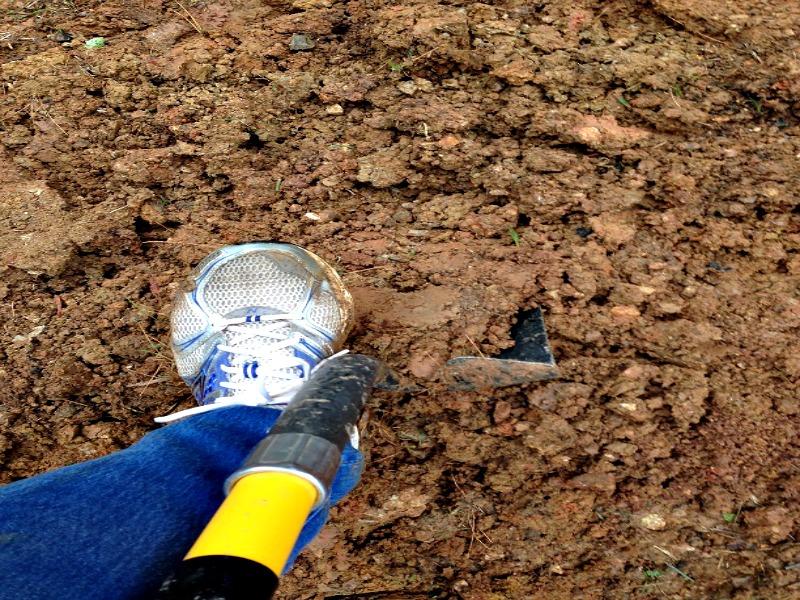 Break up any large clumps of soil and till soil to 8 inches with either your shovel, spade, gardening fork, or rototiller.
Break up any large clumps of soil and till soil to 8 inches with either your shovel, spade, gardening fork, or rototiller.
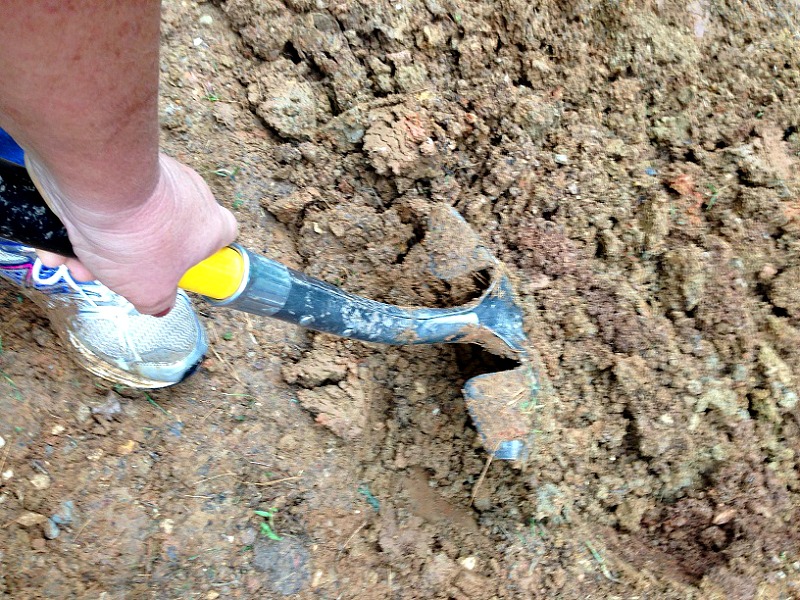
Step 2: Add amendments to the soil
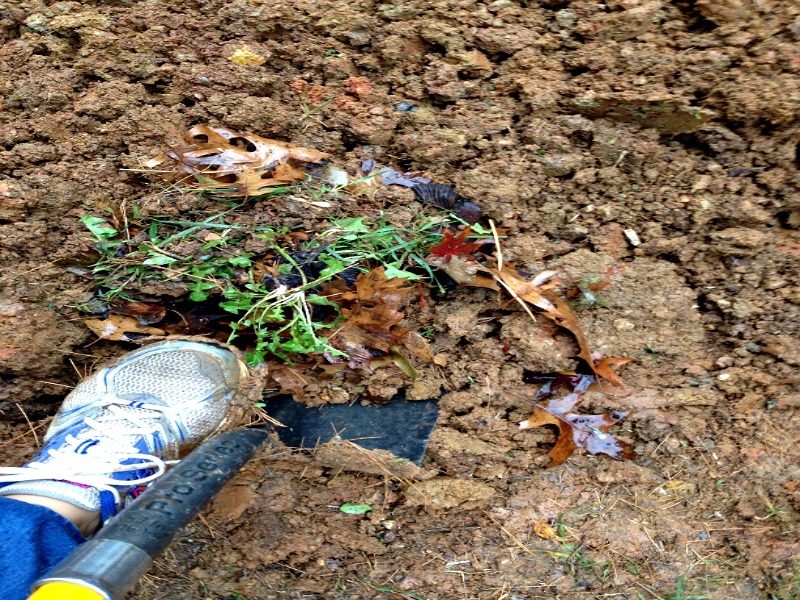
Add your compost to your garden and mix your material with your clay soil.
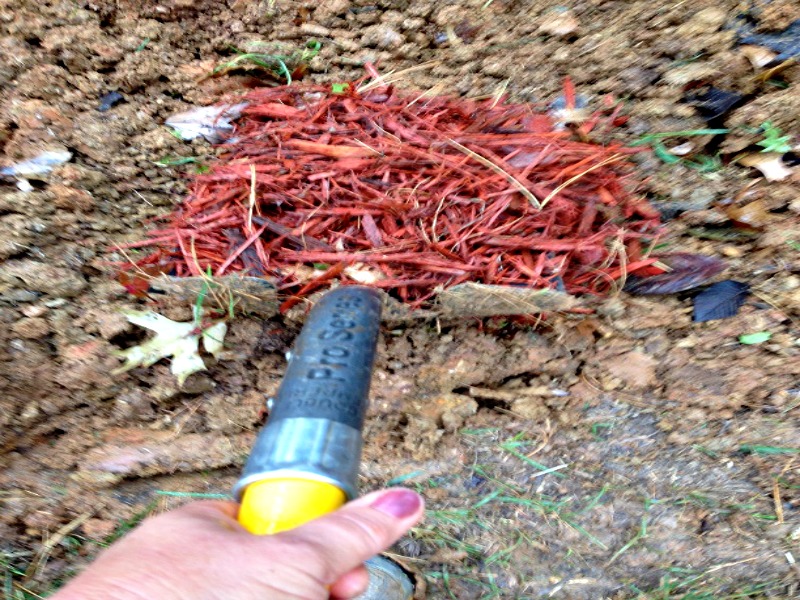 Add mulch. Mulch reduces weeds, helps the ground keep a good temperature, keeps the right amount of water in the soil
Add mulch. Mulch reduces weeds, helps the ground keep a good temperature, keeps the right amount of water in the soil
Allow the dirt to rest for a week before planting anything in it.
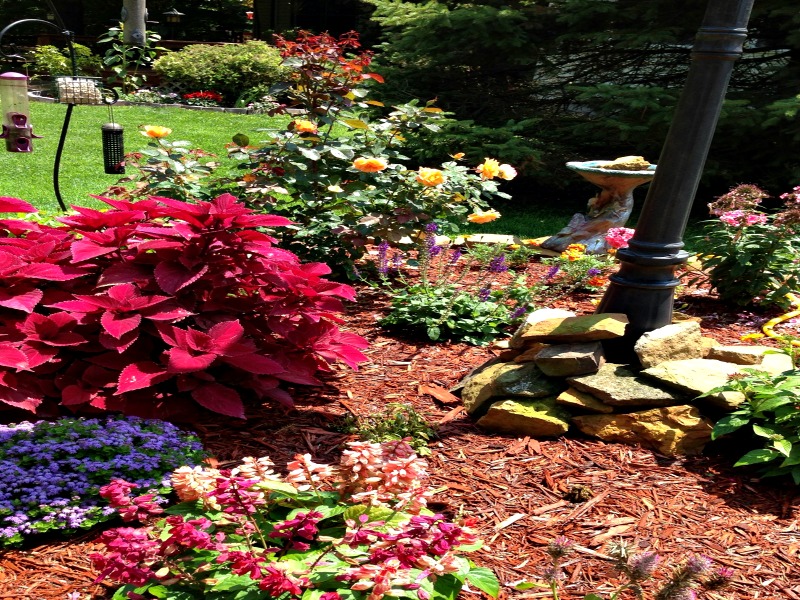
About Me
I am a person of varied interests. I am a Master Scuba Diver and have dove the Florida Keys wrecks, Bimini, Bahamas, Turks and Caicos, Cozumel, and Bonaire. I love photography, handcrafts, gardening, writing, and painting. I have been married 37 years and have 2 grown married children. My husband and I have lived in 7 states.
Thank you Mike for the good information! We definitely agree at the mulch idea. We especially feel that the addition of minerals is important!
We appreciate your taking the time to help people with their gardening skills.
Rae
We have a 20 acre but just started and have some tapering to do with possible 4 ” pipe water control for reuse later as that asset drys up ????
We have a ton of snow now and no place ready to keep it thought about above ground pools for rain barrels ???? Working on it and a pond . Bendinite water control plastics for water features . Been there already ????
My soil is full of clay-great tips to amend it for better plants! Hurry up spring!
We had red clay in GA which is the equivalent of red concrete. With a Mantis tiller (the sissy model), we dug 18 inch holes and made alternating levels of shredded black and white newspaper, fall leaves, grass clippings (only those whose owners’ used no chemicals), red clay, kitchen compost, composted cow manure, and red clay mixed with shredded black and white newspaper. In the fall, we raked every bit of fruit from under the fruit trees and composted it. Within three years, the soil had the consistency of dry cornmeal….so fine, in fact, that we had to stake okra and corn. As the okra and corn grew, the tops were so heavy they pulled the roots out of the ground. We mulched every plant with neighbors’ fall leaves.
Now, in retirement, after five years of not gardening, we’re trying square foot gardening techniques for the kitchen and our usual “as little as possible” gardening for our cutting gardens. I can’t wait to play in the dirt again, having started as a six year old in the family kitchen garden.
I enjoyed the story of your journey and will be using tips from your site as I try new things.
Hi Everyone
I live in Augusta, Ga. This is what I do to change clay soil
permanently. No special equipment needed.
1st remove weeds,grass etc
kill them off or pull up as you
dig up soil.
2 take your spade shovel & dig down about 12″ or just over top of shovel. Dig & turn soil,breaking it up as you go. (THIS IS MUCH EASIER AFTER A RAIN or YOU’VE WATERED GROUND TO SOFTEN UP.)
3) You will need bag sphagnum moss.
Pine bark mulch (the really tinysize)
How much you need depends on size of bed.
4) spread 1 bag of mulch over same size area as the
bag. Cover whole area.
Next spread moss over the
entire bed about 3″ thick.
5) go back & dig & turn soil
combination till well mixed
& crumbly.
IF YOU DO THIS my experience has been the soil will never go back to clay but will stay rich & easy to
work in.
My house was built in 1977 &
never have I needed to do this again! Also don’t have to use a bunch of fertilizer.
The science behind this is
Mulch airiates the soil & breaks down into soil. The small mulch breaks down
quickly. The moss helps hold moisture,but sort of suspends it like a sponge would. Plants use it as needed. The soil is neither
soaked or dry. M Drew
How to graft Apple and pear trees?
That is another topic Jimmy
Fruit trees are grafted onto rootstocks of choice depending on the type of fruit and the size of tree you want. IMO this is best left to professionals It is much sompler to purchase grafted trees from a reputable grower. I reccomend Starks Brothers for their quality, selection, and warranty.